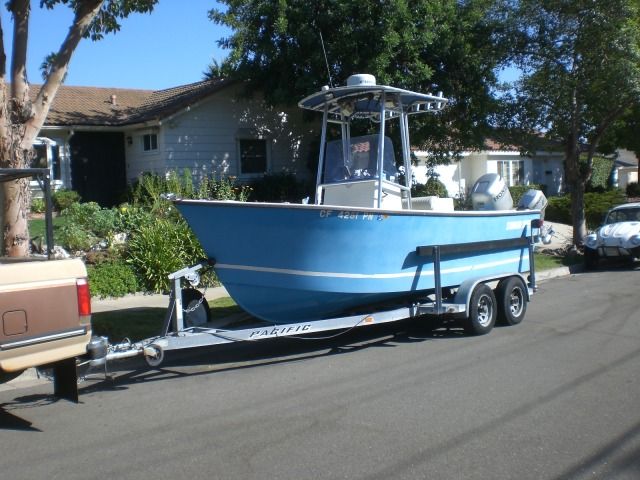As far as the welding side goes... This may seem common knowledge to some, but I've found that metal prep, and tuning your machine, is 90% of the battle. Having a clean work surface, filler metal, and gas flow is vital.
Also using the right tools/abrasives, to clean off rust/paint or oxidation, (aluminum) so as to not take away clean weldable material from an already thin or corroded surface. i like to use a right angle air grinder -w- a 3" or 2" red scotch brite pad. They whip through paint, or rust, but not good clean metal. Also Acetone for oil/ residue. Also a cool little trick I've found for grinding aluminum, is to spray your abrasives with aluminum Anti-Spatter every 5 min. or so. This prevents the aluminum from sticking to the discs when it melts due to friction. Some people use WD-40 but that can currupt the material. Anti-Spatter Sray is formulated to weld on. Thus, no pits, or black smoke. Plus, you'll get 2-3 times the life out of your stuff man, it rocks.
And as far as Wire Feed tuning, everyone will have there own style, but I preffer lower wire speed, and roller pressure. So that when your using a tack,tack,tack, or stich method, you don't blast through when you don't get a solid ground. (Somtimes due to smoke or spatter from the tack,tack,tacking....)


